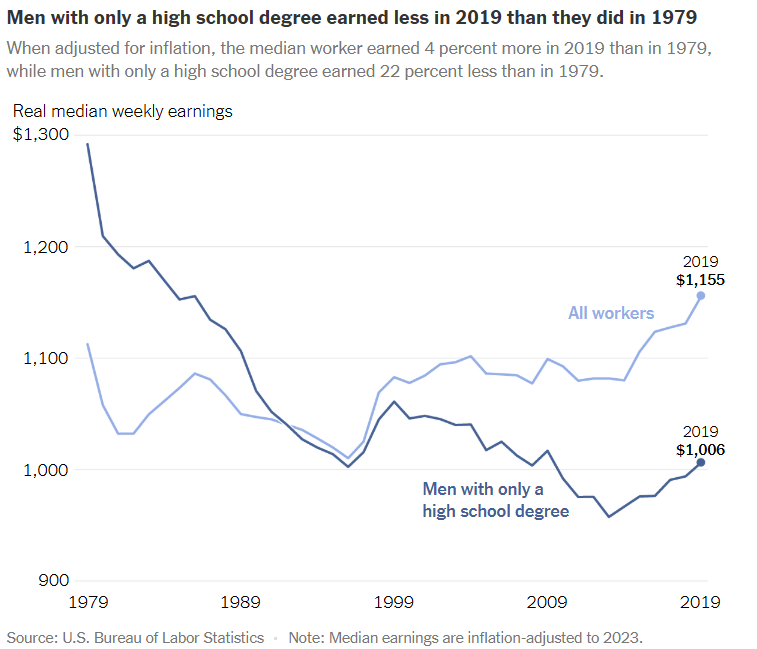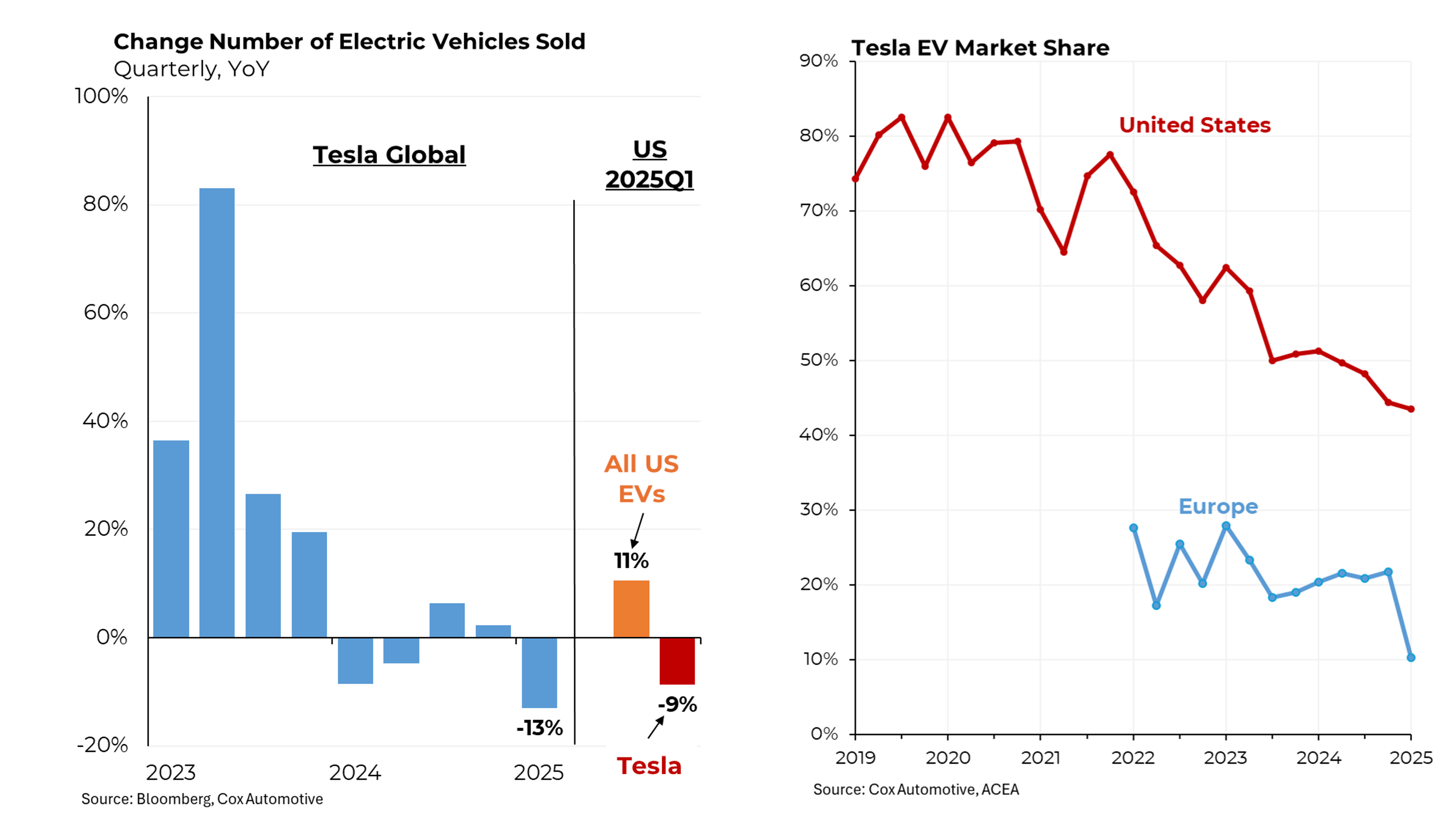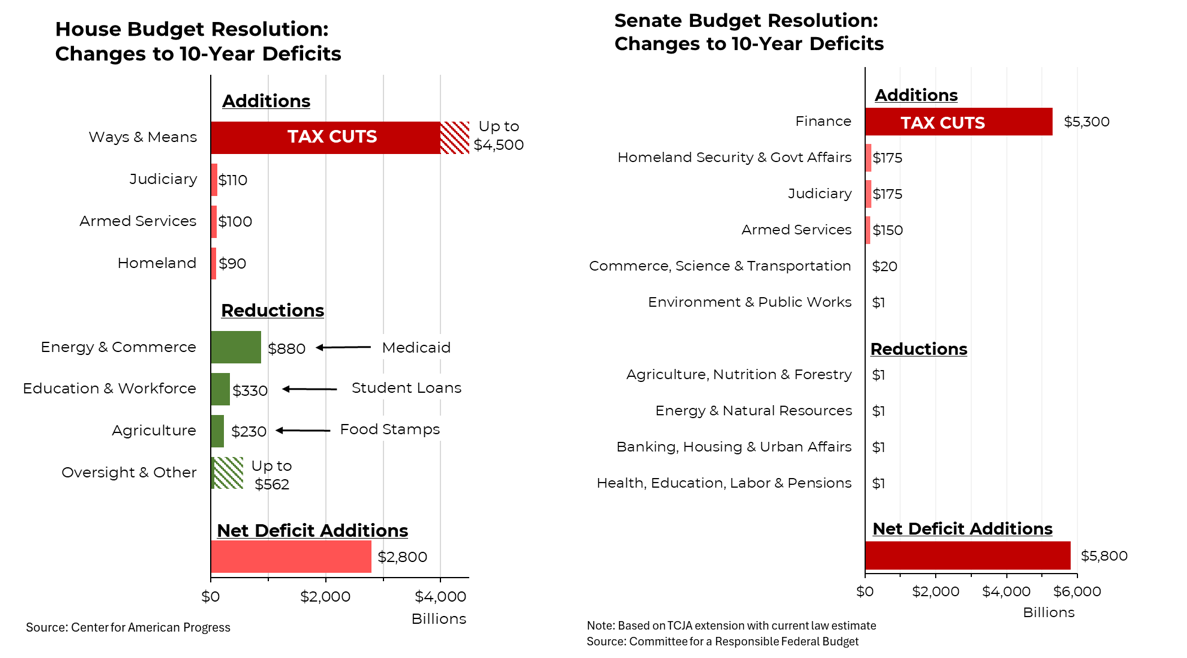Originally appeared in the The New York Times.
Repeal-and-replace may be done for now, but for Senator Bernie Sanders, the war is just beginning — and it has already become a fracas that is dividing the Democratic Party, to its detriment.
Mr. Sanders — who, of course, isn’t even a registered Democrat — is banging on about what he calls “Medicare for All,” a government-run plan that would provide health care coverage for every American.
But now the crusty Vermont independent wants to be a senatorial pied piper for Democrats. He has made his proposal into a kind of litmus test for who is a “good Democrat,” inveigling 16 of his colleagues — more than a third of Senate Democrats — into endorsing it.
A goodly number of those senators are presidential hopefuls, leaving their prospective campaigns open to attack from Republicans salivating to capitalize on an idea that has historically been a political graveyard. Remember Hillarycare?
As a centrist Democrat, I’m scared to see my party pulled into positions that are both bad politics and dubious policy. And I’m disappointed that few of our party’s moderates are willing to resist the freight train coming at us from the left.
I understand why Mr. Sanders and his acolytes believe that sweeping progressive ideas — however unrealistic they may be — might capture the public imagination better than the more carefully constructed proposals of centrists, policies that are harder to articulate and can come across as mushy.
But the Sanders approach didn’t work for George McGovern in 1972 or Michael Dukakis in 1988, and I don’t believe it will work for Democrats in 2018 or 2020.
Yes, recent polls seem to indicate rising support for single payer. But when factors like whether taxes would be raised or the Affordable Care Act would be repealed are introduced, the consensus swings to opposition.
Spellbound Democrats should also consider the fate of past single payer proposals. In Sanders’s home state of Vermont, a single payer plan was abandoned after an analysis found that it would require a near doubling of the state budget (and increasing taxes similarly).
In Colorado last November, a whopping 80 percent of voters rejected a universal plan, again over taxes and costs. And for similar reasons, California recently shelved a single-payer proposal.
Amid the many complications of Medicare for All, the question of what would happen to the 157 million Americans who get their insurance from their employers and the 19 million who are enrolled in Medicare Advantage loom large.
To be sure, some Democratic senators seem to be supporting Medicare for All as a lever to achieve more modest goals, like a public option within the existing health care exchanges.
For example, Al Franken of Minnesota called the Sanders proposal “aspirational” and “a starting point for where we need to go as a country.”
More like the starting point of a political nightmare for Democrats. For one thing, Mr. Sanders has been unabashed in his attacks on “the establishment wing of the Democratic Party” and has intimated that primary challenges may be in the offing.
For another, when the Republicans unleash their inevitable blitzkrieg, I doubt voters will recognize the subtleties in positions like Mr. Franken’s.
Privately, many moderate Democratic senators are harshly critical of Sanders’s tactics. “It’s radioactive for me,” one Democrat facing re-election in 2018 told me.
But publicly, even Democratic senators who have declined to endorse Medicare for All have done so in measured terms to avoid antagonizing the progressives.
“The first thing has to be to protect the health care people have now and stabilize markets,” said Debbie Stabenow of Michigan.
Instead of Medicare for All, we Democrats should be focused on “Better Jobs for All” — big ideas for addressing our most pressing economic challenge. That is: the wage stagnation that has left too many Americans behind, particularly white working-class men.
That’s not an easy problem to solve, but we know the solutions revolve around people-centric initiatives like improving education, providing more training and retraining and increasing worker mobility.
To buttress those programs, it’s time to move ahead with rebuilding our infrastructure and restoring government investment spending on research and development.
In doing so, let’s not forget that only about a quarter of voters consider themselves liberals; the balance self-identify as moderates or conservatives.
Our model of democratic capitalism has stood us well for more than two centuries; now is not the time to embrace the kinds of ideas, often involving deep government economic intervention, that have often fallen short elsewhere, notably in much of Europe.
On present course and speed, we can take back the House of Representatives in 2018 and defeat President Trump in 2020 — unless we Democrats do something stupid, like nominating candidates from the fringe of our party.






